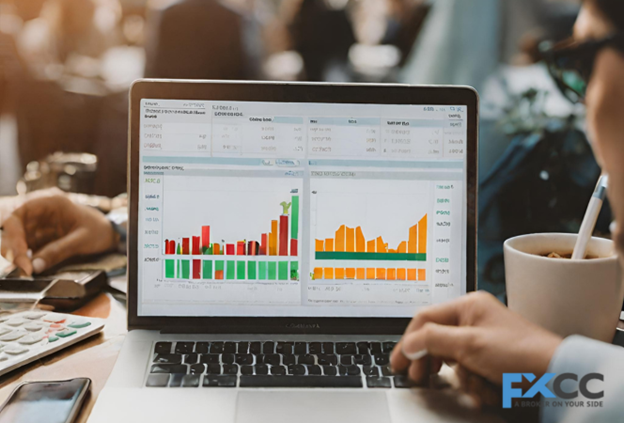In the realm of finance, the perpetual debate between trading and investing captures the attention of both newcomers and seasoned experts. While trading tantalizes with the allure of quick profits and instant satisfaction, investing presents the prospect of gradual, sustainable growth over time. So, how do you determine which path to take? Let’s delve into the intricacies of trading and investing to decipher their disparities and discern which strategy aligns best with your financial objectives.
Introduction
In the dynamic realm of finance, the decision between trading and investing often boils down to a fundamental query: Do you crave immediate gains or are you willing to patiently cultivate your wealth over time? Let’s navigate through the intricacies of these two methodologies to uncover the pros, cons, and potential outcomes of each.
Understanding Trading
Trading entails the buying and selling of financial assets, such as stocks, currencies, or commodities, with the aim of profiting from short-term price fluctuations. Traders typically rely on technical analysis, market trends, and news events to make swift decisions and capitalize on transient opportunities.
The Appeal of Quick Wins
The allure of trading lies in its potential for rapid gains and instant gratification. With precise timing and effective strategies, traders can amass substantial profits in a matter of days, hours, or even minutes. This adrenaline rush often entices individuals to venture into the world of trading.
Risks of Trading
However, the pursuit of quick wins is not devoid of risks. The volatility of financial markets can result in significant losses, particularly for inexperienced traders. Emotional decision-making, impulsive actions, and the pressure to outperform can exacerbate these risks, leading to adverse consequences for the unprepared.
Exploring Investing
Conversely, investing involves acquiring assets with the intention of holding them for the long term, anticipating returns through dividends, interest, or asset appreciation. Unlike trading, investing emphasizes patience, discipline, and a focus on the intrinsic value of assets.
Long-Term Growth Potential
Investing offers the potential for gradual but consistent growth over time. By adopting a long-term perspective, investors can leverage the power of compounding returns, allowing their wealth to flourish exponentially over the years. This approach underscores the significance of patience, consistency, and a diversified portfolio.
Benefits of Patience
Patience is a cornerstone of successful investing. Even amid market fluctuations, investors refrain from hasty decisions and await the growth of their investments over time.
Risks of Investing
Nevertheless, investing carries its own set of risks. Economic downturns, market volatility, and unforeseen events can impact the performance of investment portfolios. Additionally, inadequate diversification and emotional responses to market fluctuations can undermine the success of investment strategies.
Conclusion Choosing between trading and investing parallels selecting a financial vehicle: a sleek, high-speed race car or a reliable, steady wagon. Trading promises exhilarating bursts of speed and quick wins but demands sharp reflexes and nerves of steel to avoid pitfalls. Conversely, investing offers a smoother journey, gradually accumulating wealth over time. The optimal choice hinges on your financial objectives. Are you seeking immediate gains or a slower, more predictable path to wealth? Understanding the nuances of both options empowers you to choose the approach that aligns best with your risk tolerance and desired pace towards financial freedom.


